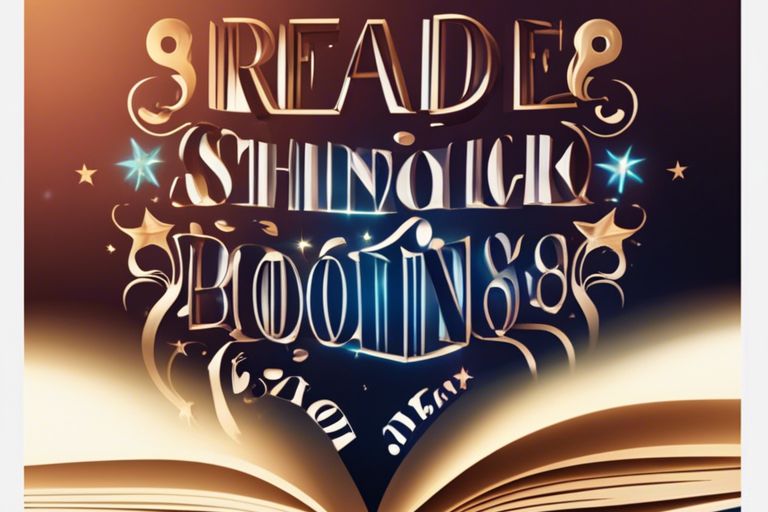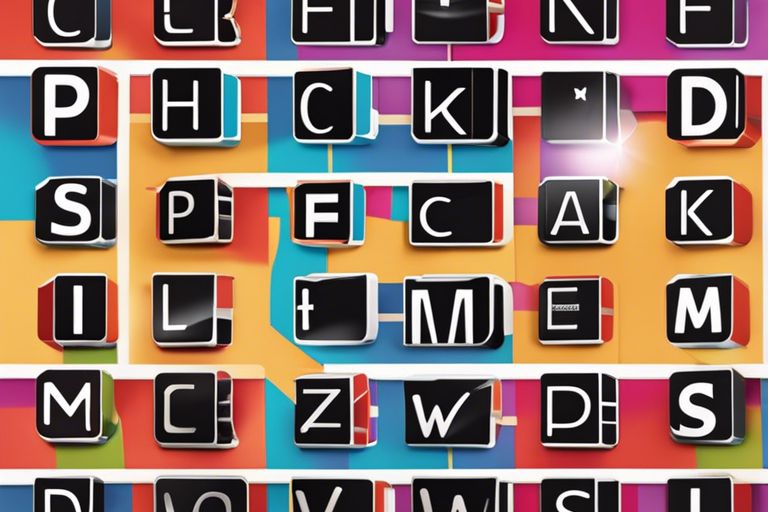Phonics, the method of teaching reading and writing by developing an understanding of the sounds that letters make, has a long and fascinating history. Dating back to ancient civilisations like the Phoenicians, who created the first phonetic alphabet, phonics has evolved through various methods and approaches over the centuries. From the contributions of scholars like Isaac Pitman in the 19th century to the more structured phonics programmes of today, the journey of phonics is rich with innovation and adaptation. Join us as we research into the origins, advancements, and modern methods of phonics, shedding light on its enduring importance in literacy education.
Key Takeaways:
- Phonics roots dating back to 400 BC: Phonics has ancient origins, dating back to ancient Greek and Roman times where scholars used alphabet letters and symbols to teach reading and writing.
- Success of phonics in literacy: Research shows that phonics instruction is a highly effective method for teaching children how to read and write by focusing on the relationship between sounds and letters.
- Evolution of phonics teaching: Phonics methodologies have evolved over time, with modern approaches incorporating a combination of synthetic and analytical phonics to provide a comprehensive learning experience.
- Government endorsement of phonics: The UK government has embraced phonics as a fundamental part of literacy education, recommending the systematic use of phonics to improve reading skills in schools.
- Support for phonics-based learning: Many educators and experts advocate for phonics-based learning due to its ability to build a strong foundation in decoding words and enhancing overall reading proficiency.
The Origins of Phonics
Ancient Foundations
Phonics, the method of teaching reading and writing based on the sounds of spoken language, can be traced back to ancient civilizations such as the Egyptians and Greeks. These early societies recognised the importance of connecting speech sounds to written symbols to facilitate learning and communication.
The Role of Phonics in Medieval Education
During the medieval period, phonics played a crucial role in education, particularly in monastic schools and institutions. The use of phonics helped students to decode and pronounce words accurately, enabling them to read and write Latin texts important for religious studies and scholarly pursuits.
These methods laid the foundation for the development of phonics as a fundamental component of literacy education, influencing teaching practices for centuries to come.
Phonics in the Context of Modern Linguistics
The Phonics Debate of the 19th Century
In the 19th century, the phonics debate emerged as a significant issue in the field of education. On one side, phonics advocates argued for the importance of teaching children to decode words by sounding them out. On the other side, whole language proponents believed in a more holistic approach to reading, focusing on meaning and context over individual sounds. This debate shaped the way reading was taught for decades to come.
The Whole Language Versus Phonics Controversy
The whole language versus phonics controversy continues to stir discussions in educational circles today. While phonics instruction emphasises the importance of decoding words by recognising letter sounds, whole language approaches stress the significance of understanding overall meaning and context. Finding a balance between these two methods remains a challenge for educators seeking to enhance reading proficiency among students.
Contemporary Phonics Instruction
Systematic Phonics Approaches
Systematic phonics approaches in contemporary phonics instruction involve teaching children the relationship between sounds and the corresponding letters or letter patterns in a structured and logical sequence. This method ensures that learners build upon their knowledge incrementally, starting with basic letter-sound correspondences and progressing to more complex phonics concepts.
Integrated Phonics and Multisensory Methods
Integrated phonics and multisensory methods combine phonics instruction with other literacy components, such as vocabulary development, reading comprehension strategies, and writing skills. Multisensory techniques engage learners through multiple senses, incorporating auditory, visual, and kinesthetic elements to reinforce phonics concepts and enhance overall literacy skills.
Integrated phonics and multisensory methods are particularly beneficial for learners who may struggle with traditional phonics instruction or have learning differences, such as dyslexia. By integrating phonics with other literacy components and engaging multiple senses, these methods cater to diverse learning styles and promote deeper understanding and retention of phonics concepts.
The History of Phonics – From Origins to Modern Methods
Digital Tools and Learning Platforms
With the advancement of technology, phonics education has been revolutionised by the introduction of digital tools and learning platforms. These interactive resources provide engaging ways for children to practice phonics skills, such as interactive games, videos, and quizzes. Digital tools can cater to individual learning styles and offer immediate feedback, enhancing the learning experience.
The Future of Phonics in the Digital Age
In the digital age, phonics education is set to evolve even further as technology continues to play a vital role in transforming traditional teaching methods. The future of phonics will see increased personalisation through adaptive learning algorithms, virtual reality simulations for immersive learning experiences, and artificial intelligence for targeted assessments and monitoring progress.
The History of Phonics – From Origins to Modern Methods
Phonics has a long and rich history that dates back to ancient civilisations like the Phoenicians. Through the centuries, various methods and approaches have been developed to teach phonics, each building upon the foundations laid by those before. In the modern era, phonics continues to be a vital tool in teaching children how to read and write, with evidence supporting its effectiveness in literacy development. By understanding the origins and evolution of phonics, educators can implement the most effective methods to ensure children acquire crucial reading and writing skills. The history of phonics serves as a roadmap for educators to navigate the complex world of literacy education and empower the next generation with the tools they need to succeed.
FAQ
Q: What is phonics?
A: Phonics is a method of teaching reading and writing that focuses on the relationship between sounds and their spellings in the English language.
Q: What are the origins of phonics?
A: Phonics has its roots in ancient Greece, where the philosopher Plato first outlined a method of teaching children to read by associating sounds with symbols.
Q: How has phonics evolved over time?
A: Phonics has evolved from its ancient origins to become a systematic and structured approach to teaching reading, with a focus on decoding and blending sounds to form words.
Q: What are some modern methods of teaching phonics?
A: Modern methods of teaching phonics include synthetic phonics, analytical phonics, embedded phonics and analogy-based phonics, all of which aim to help children develop strong literacy skills.
Q: Why is phonics an important part of literacy education?
A: Phonics is considered an necessary part of literacy education because it provides children with the tools they need to decode words, spell accurately and read fluently, leading to improved overall reading and writing skills.








